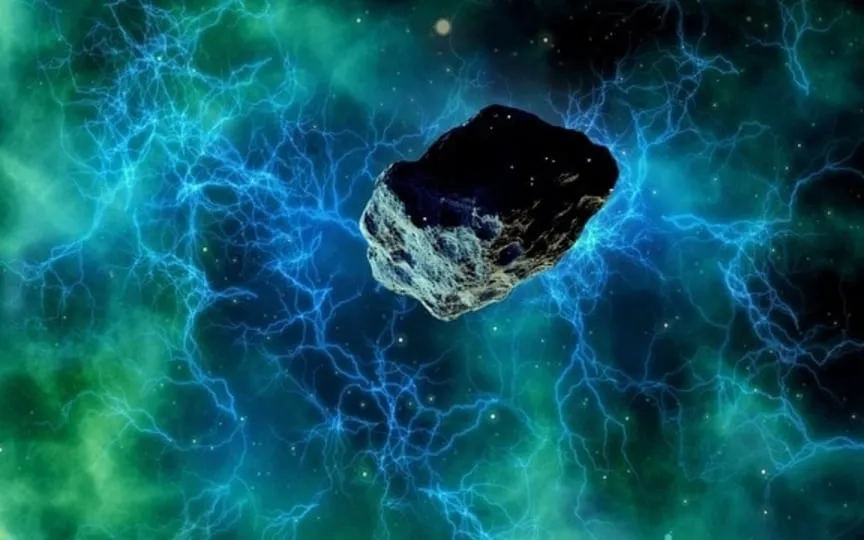NASA Reveals Details of House-Sized Asteroid Making Close Approach Today
Did you know that most asteroids are composed of carbon-rich substances, silicate materials, or metals? However, there is one particular space rock called 16 Psyche that is made up of Earth’s rarest metals. This asteroid contains gold, nickel, and iron deposits, and NASA estimates its value to be greater than the entire world economy combined! In addition to its abundance of gold, the outer surface of 16 Psyche is rich in nickel, resembling the core of an early planet. With a value of nearly $10 quadrillion, NASA has planned a mission to study the composition of this extraordinary asteroid.
16 Along with the Psyche asteroid, another asteroid has attracted the interest of scientists recently because it is the closest approach to Earth in years.
Asteroid 2023 QD2
Currently, 1298148 asteroids have been discovered so far, and Asteroid 2023 QD2 is one of them. NASA’s Center for Near-Earth Object Studies (CNEOS) has named this space rock Asteroid 2023 QD2, and it will make its closest approach to Earth today, August 29. As it approaches, it comes within just 1.2 million kilometers of Earth. to the surface of the planet.
Using its various space and ground-based telescopes, NASA has revealed that it is hurtling toward Earth at a staggering speed of 27,970 kilometers per hour, which is almost as fast as the space shuttle!
Other details
According to NASA, this asteroid is not large enough to be classified as a potentially hazardous object. A celestial body must be about 492 feet wide and pass Earth at a distance of less than 7.5 million kilometers to be considered a potentially dangerous object. Asteroid 2023 QD2, on the other hand, is almost the size of a house, measuring just 46 feet across.
Asteroid 2023 QD2 belongs to the group of Aten asteroids, which are Near-Earth Asteroids (NEA) that cross the Earth, with semi-major axes smaller than the Earth’s axis. They are named after the asteroid 2062 Ate, and the first of their kind was discovered by American astronomer Eleanor Helin at the Palomar Observatory on January 7, 1976. These asteroids have an orbital period of less than a year and spend most of their time hidden by asteroids. Sun.




